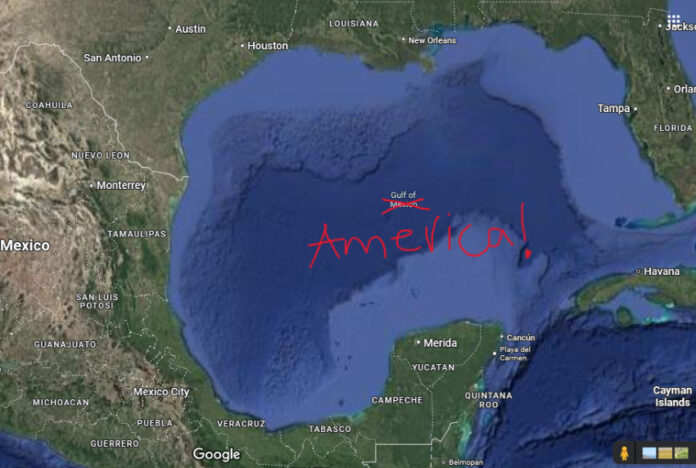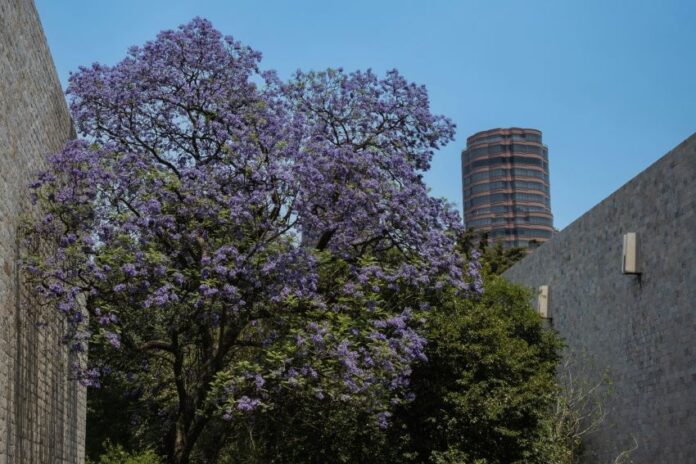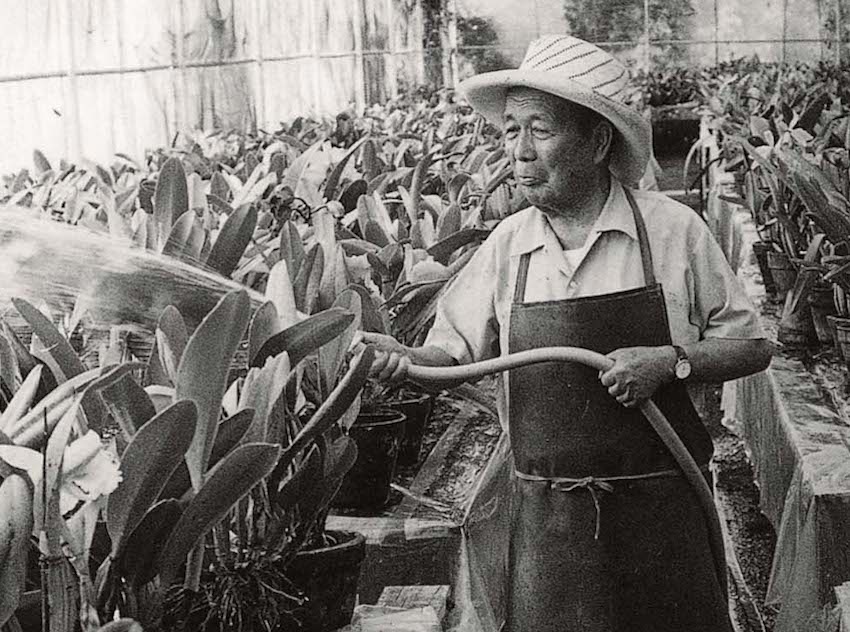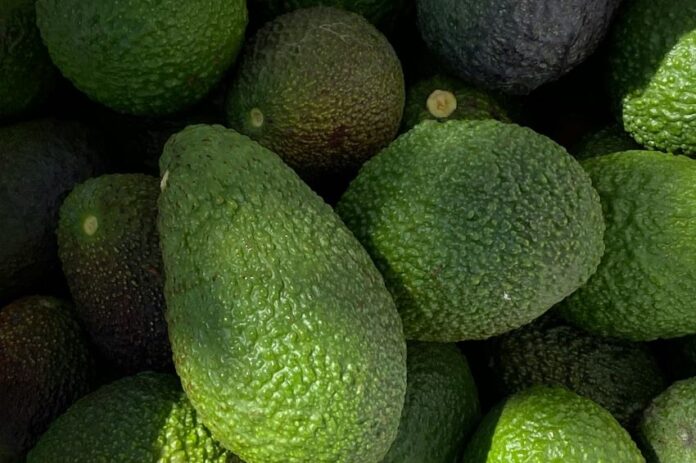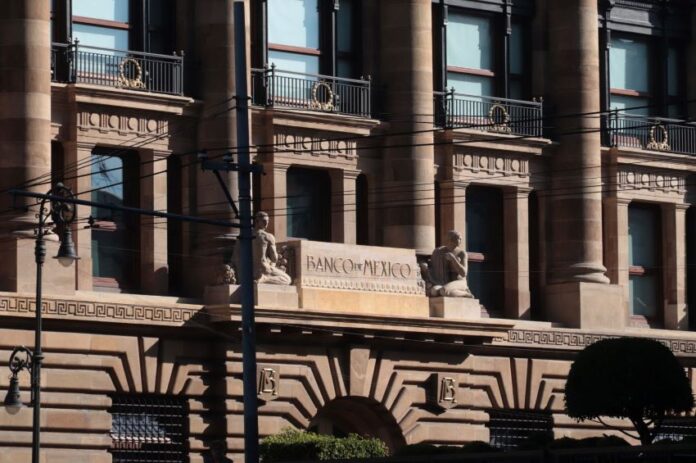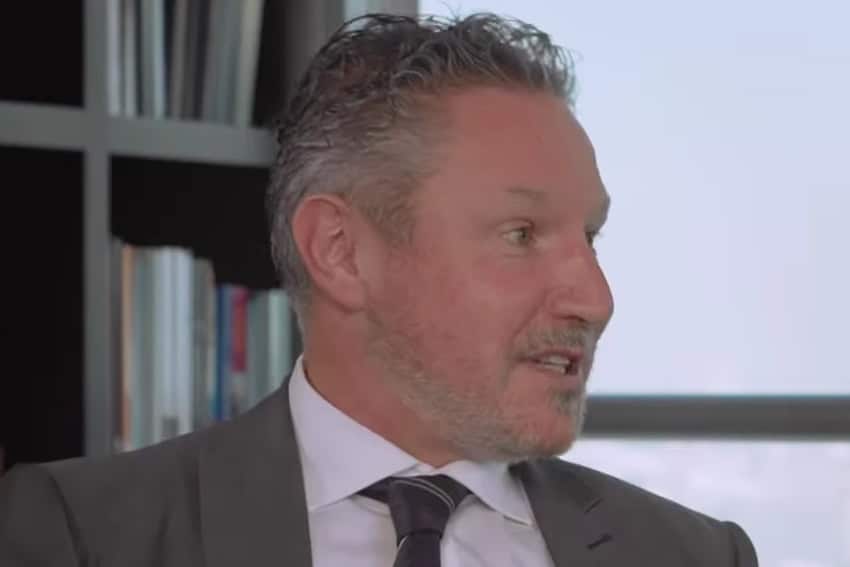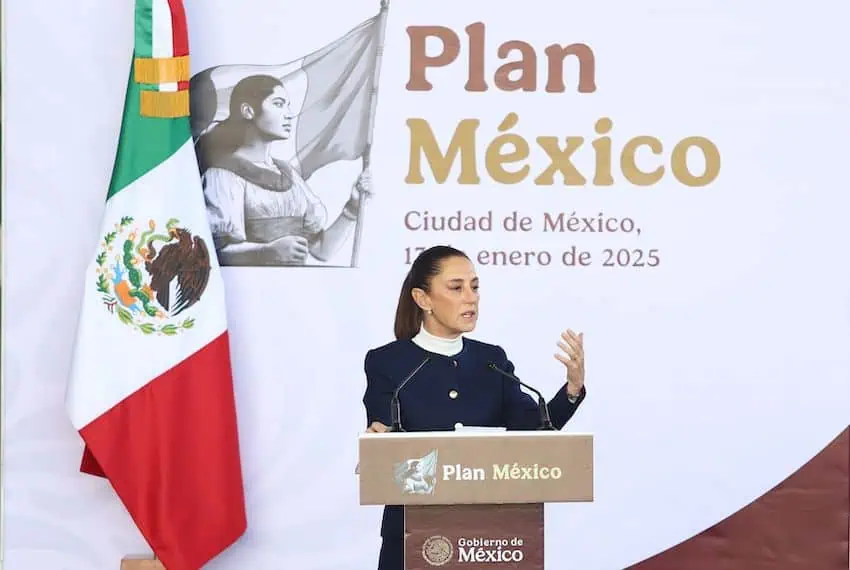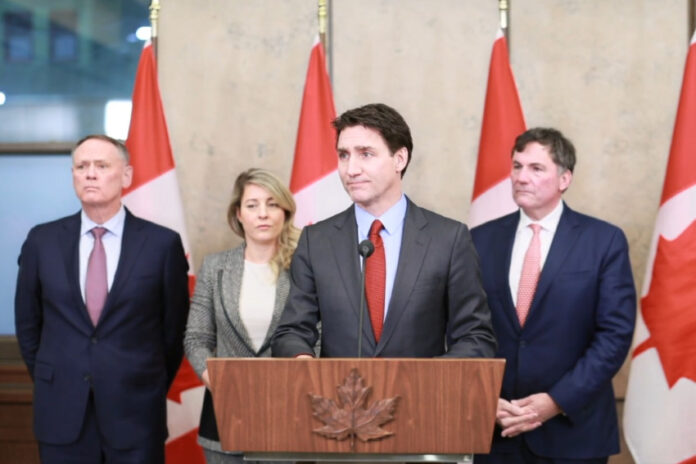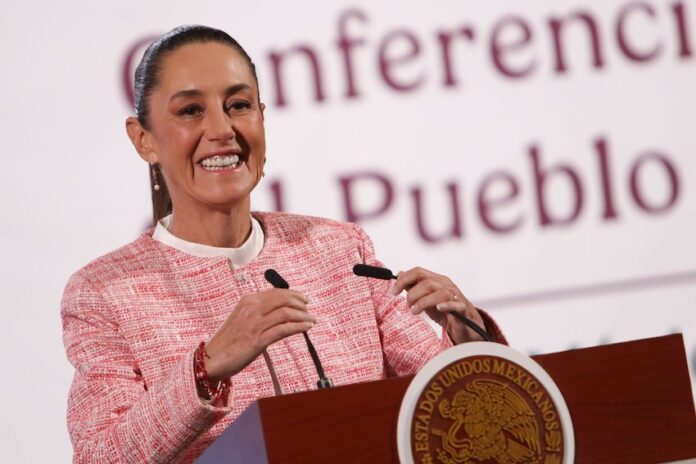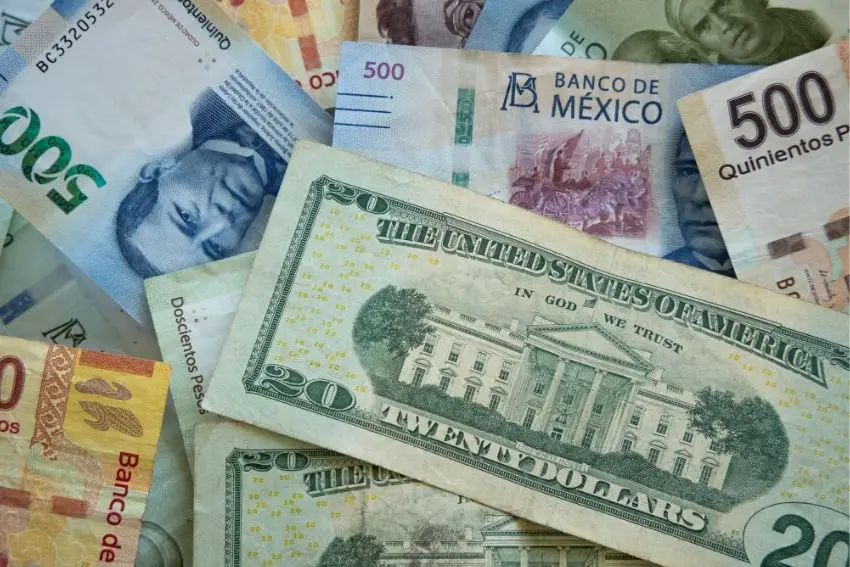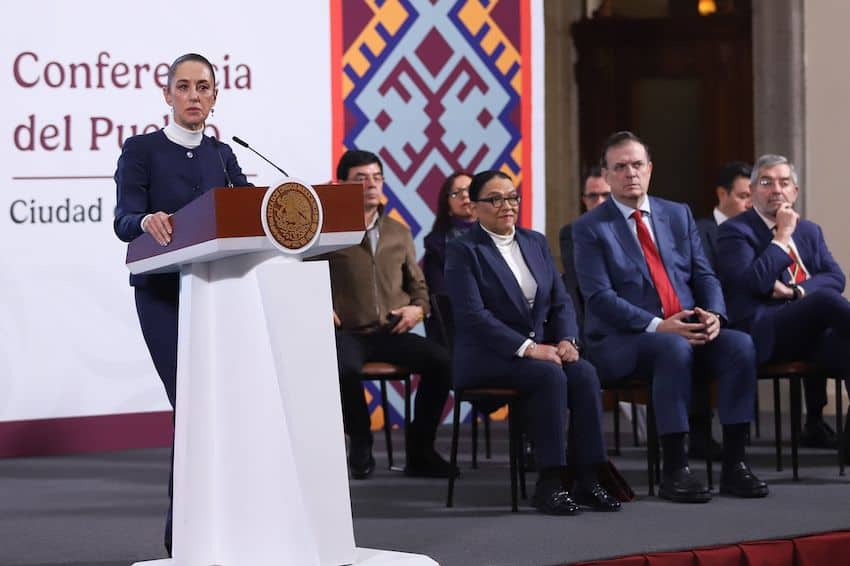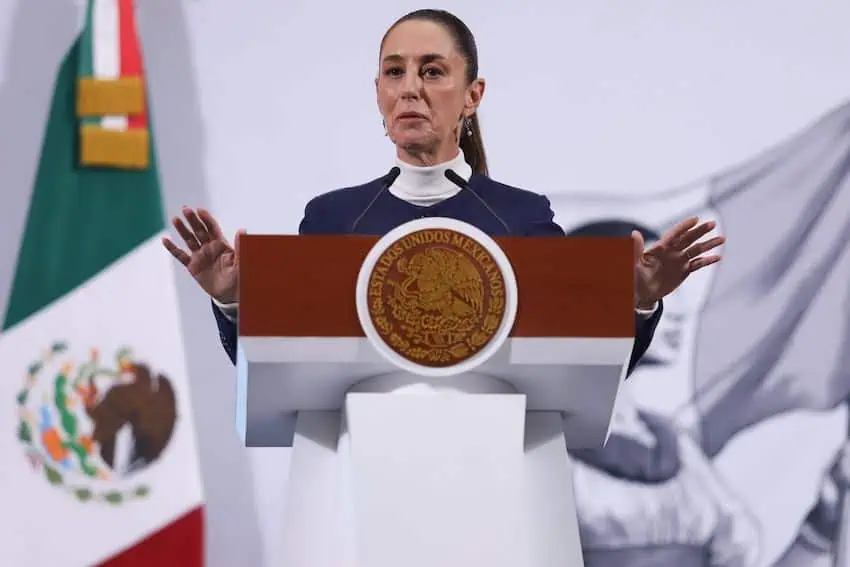Among many of the shocking changes U.S. President Donald Trump has implemented is one that is downright silly. I speak, of course, of the “renaming” of the Gulf of Mexico as the Gulf of America.
Part of the reason it’s silly is because most U.S. citizens are so bad at geography that they’d be hard-pressed to identify the Gulf on a map.

So far, it feels like we’re living inside of that irreverent 2004 movie “Team America: World Police.” I frequently double-check the URL when reading the news these days: am I reading The New York Times or The Onion?
But on this, it’s the ridiculous truth. In Mexico, we’ll see the original, internationally-recognized name. But connect to a maps platform in the United States, we’re told, the “Gulf of America” will appear.
I do not support this name change because it is silly and stupid, the equivalent of giving someone a mean nickname and breaking into the school records system to officially change it. But I do feel the need to point out that there are many Mexicans, as well as U.S. citizens, who like to say, “But we’re all Americans!” if someone dare refer to a US citizen as “American.” It’s preachy and annoying, and always induces an eye roll in me. Because look: Mexico is also “The United States of Mexico,” so we literally don’t have a name that’s all our own.
In the meantime, I’ve decided that we in Mexico might as well make some name change suggestions of our own. After all, why stop at the Gulf? Now, if we want a chance of them getting accepted in the U.S., they’d better be in English. Might they ever meet with the kind of tepid acceptance of “freedom fries”? There’s only one way to find out.
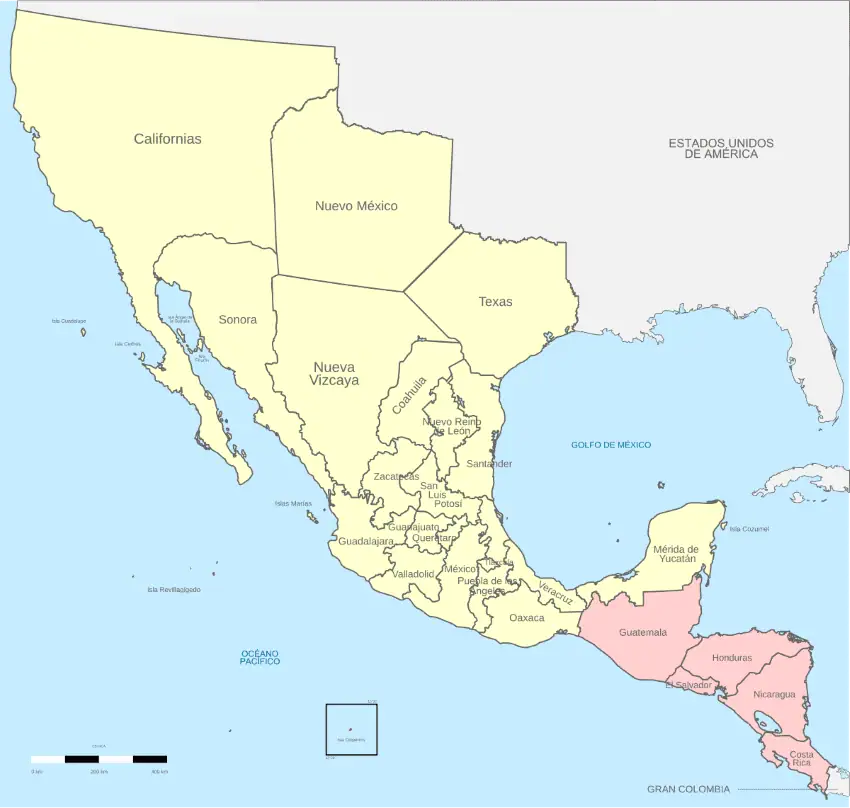
Below are some suggestions I’ve come up with while we’ve got the name-changing momentum. Let me know what you think!
First, let’s start with the state names. As many of you surely know, what is now the southwestern region of the United States used to be most of Mexico. I don’t get too excitable about the politics of it since neither country was concerned with Indigenous peoples having rights to their land, but hey: this game is about pettiness, not justice.
Texas, of course, is one of the proudest states around. I saw it reflected in the road signs on my recent trip there: “Slow down, you’re already in Texas!” The story behind the name is that it was the name given to an early Spanish friar by the Caddo, whose homeland was East Texas. Supposedly it was their word for “friend.” There’s some debate regarding the truth of this story, but one thing that’s certain is that Texans pride ourselves on our friendliness. How about “Friendland”?
Florida! I sympathize with Florida because, like Texas, most reasonably smart and concerned citizens there get drowned out by all the much-better-advertised crazies. In Spanish, “florido” means “flowering” or covered in flowers, which is just lovely. So for Florida, here is my proposal: Flowery. It doesn’t exactly roll off the tongue, but we’re going for English-sounding here. It’ll do.

While we’re in Florida, actually, let’s discuss Mar-a-Lago. This is a curious name: in Spanish, “Mar,” is sea; “a” is a preposition that can mean “to” or “at”; and “lago” is lake. As a phrase, though, it sounds awkward without a “de” in front. Anyway, Sea-to-Lake would be its English version. But if climate change keeps going the way it has, we’ll likely be leaving it as “Sea” before long. Hopefully the neighbors are able to retreat before that happens.
Nevada means “snowed upon.” I would love to see something a little more exciting, though… How about Snowyliscious? It’s the home of showy Las Vegas, after all, so it seems like a good name to me. Speaking of Las Vegas… a vega is a meadow. “The Meadows?” It certainly sounds classier, and with name like Snowyliscious, they’re going to need all the help they can get.
Arizona: Arid zone. Well. That is not exciting. I’m having fun jazzing some of these other ones up, so Arizona, you’re next: Please Oh God I Need Some Water is your new name. Congratulations!
Time to move onto some city names now, which will be easier. I promise not to make them too crazy, because we don’t want to lose track, right? Here we go:

Los Angeles: The Angels. This is actually very romantic and I love it. No notes.
San Francisco is Saint Francis. You can also call it Saint Frank. For San Antonio, try Saint Anthony. San Jose can be Saint Joseph.
El Paso: The Pass. This sounds extra foreboding, and I think it would give this city way more street cred. It makes it sound like that place in “The Neverending Story” where Bastion has to go through those sphinx statues with laser eyes.
Alamo is the Spanish word for the poplar tree. There are cities named Alamo, but I think the fort should get this name, too. Remember the Poplar! This is not a bad phrase. We should remember trees!
To the readers who’ve made it this far: this is all a joke, of course. What’s the phrase? We laugh because we can’t cry? Actually, that might just be my own phrase; perhaps the rest of you have healthier coping mechanisms.
Let me know if I missed any jewels in the comments!
Sarah DeVries is a writer and translator based in Xalapa, Veracruz. She can be reached through her website, sarahedevries.substack.com.
